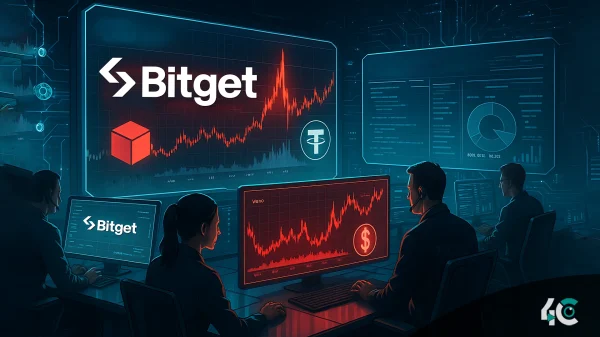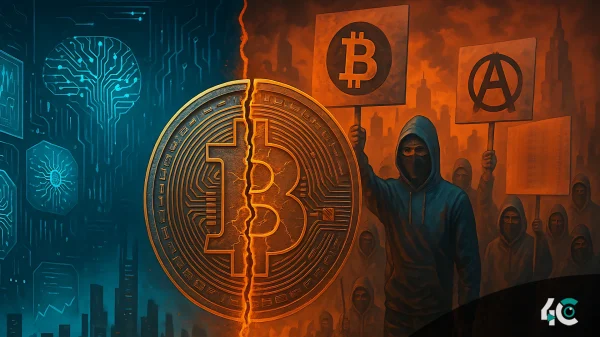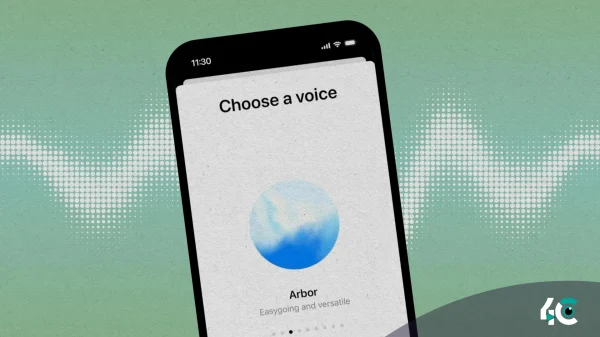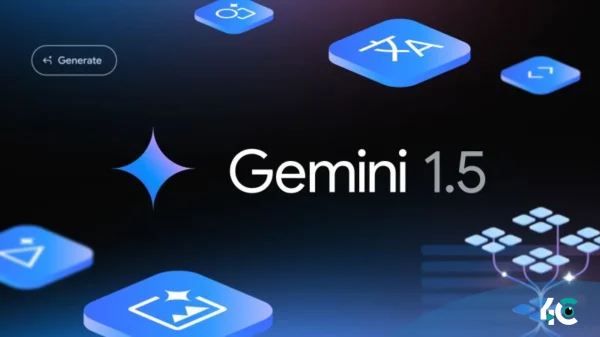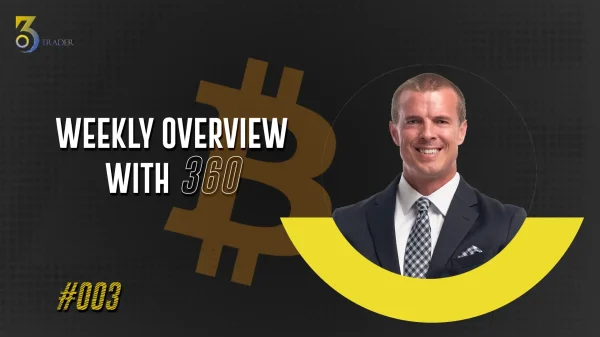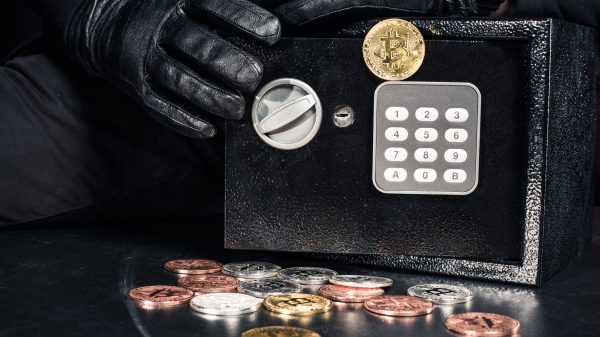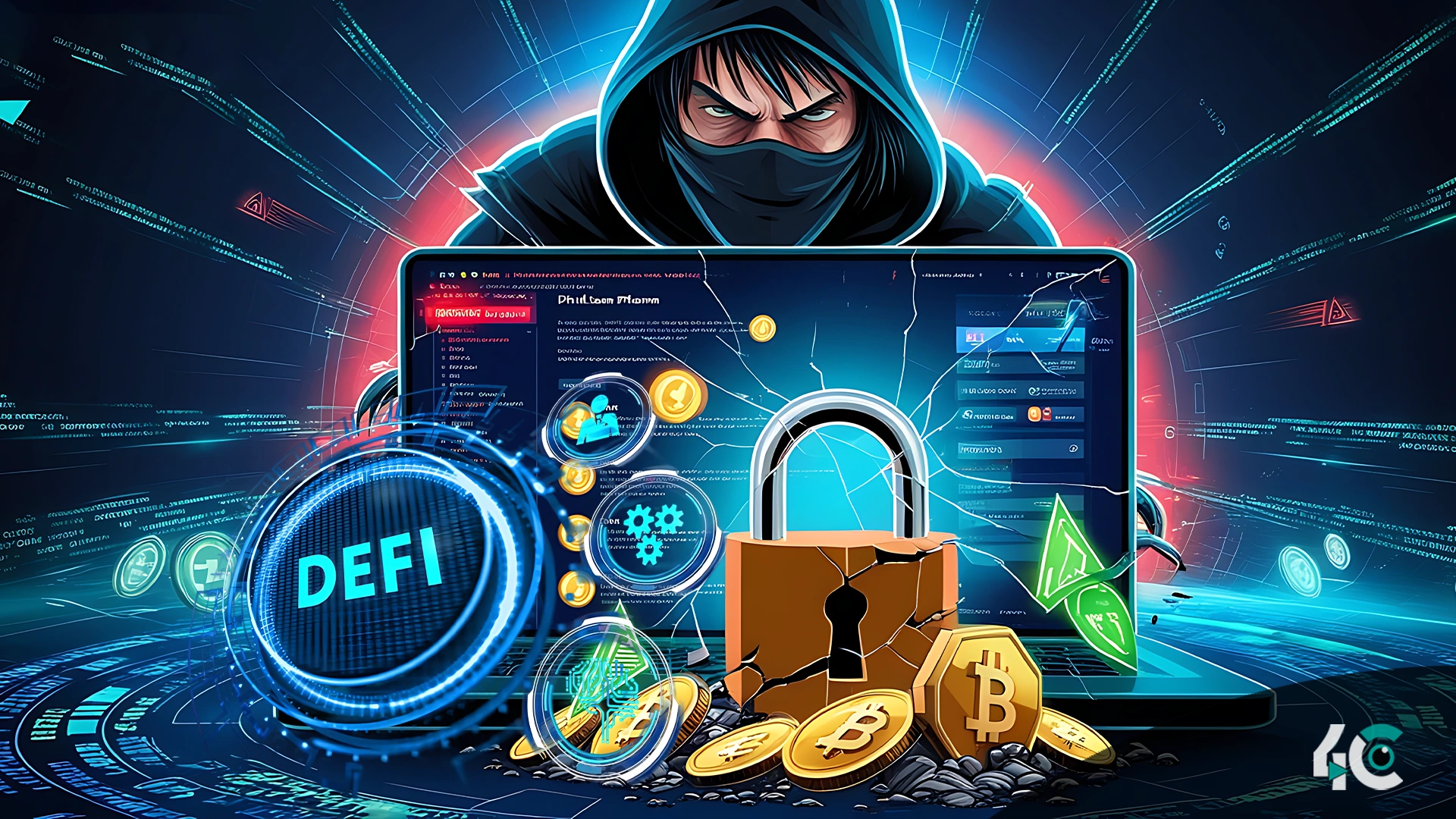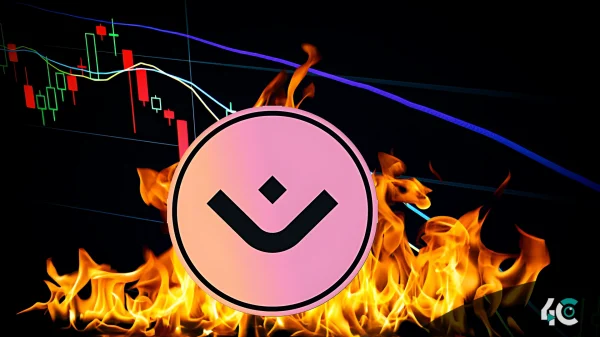What are flash loans?
Provided they pay it back in the same block, flash loans let users borrow significant amounts of Bitcoin without collateral. This innovation has opened new possibilities for ARB, liquidations, and other items. Though this same adaptability makes them risky, flash loans offer significant opportunities.
By altering market conditions or exploiting flaws in smart contracts, hackers have utilized flash loans to strike. These strikes happen in seconds, leaving no room to catch them.
The Mechanics of Flash Loan Attacks
Typically, in a flash loan attack, a hacker runs a series of actions to take advantage of a protocol flaw. Here is how they typically unfold.
Usually worth millions of dollars, the hacker requests a large flash loan from a DeFi platform.
The thief alters the price of a currency on decentralized exchanges (DEXs) such as Uniswap or Curve using the funds he borrowed. The attacker might place large orders to artificially raise or lower a token’s price.
The attacker takes advantage of flaws in the relevant code of the protocol by using tampered values. They could trigger a cascade of failures on other platforms, drain cash via flawed oracles, or drain liquidity from other apps.
Then, the assailant steals the money and pays back the flash loan; this complete operation runs within the same transaction.
The attack happens so fast that no security protocol can catch it in time.
Actual Flash Loan Attack Instances.
Over the years, several instances of flash loan attacks have occurred.
One of the most notorious flash loan assaults aimed at the bZx Protocol came in 2020. Hackers stole more than $1 million in value by using price manipulation on Uniswap and Kyber Network. The assault exposed significant problems with how oracles priced assets.
In October 2021, a flash loan attack totaling $130 million targeted Cream Finance. The assailants used several DeFi protocols to raise their profits.
A sophisticated flash loan assault that emptied the DeFi project of $182 million abused Beanstalk Farms’ governance systems. Using borrowed money, the attacker was able to acquire sufficient voting power to vote for harmful proposals and deplete funds in the same transaction.
These flash loan instances illustrate how far the technology has advanced and how harmful it could be.
Reasons Flash Loan Attacks Are Difficult to Stop.
Stopping flash loan attacks is difficult due to various factors.
Happening in milliseconds, these attacks preclude any human involvement with such rapidity. Automated bots can strike so quickly that people cannot react in time.
Many DeFi systems provide tools such as oracles and liquidity pools. Ignoring vulnerabilities in one protocol can harm others through attacks.
Unlike conventional finance, DeFi runs without centralized control. Though the decentralized idea is the foundation of the ecosystem, there are no fallback strategies to quickly recover stolen assets.
DeFi apps run on smart contracts, whose code is susceptible to flaws and other problems. Even small coding errors can create vulnerabilities that hackers can exploit.
Reducing Flash Loan Attack Risks
The DeFi community is aggressively countering flash loan attacks despite their inherent hazards. Among the possible remedies are
The industry has come to appreciate the health and significance of the Oracle System, and their operation is always being improved. We can mitigate the impact of price-based assaults by strengthening Oracle designs to make them more resistant to manipulation.
Features called circuit breakers will stop trades when the price changes too much in a rapid period. Pausing transactions will help to avoid various flash loan oracle hacks if the price of an asset increases by 80% in 20 seconds.
A wonderful safety tool against flash loan attacks is making sure the code in the smart contract has no flaws or weaknesses before it is implemented.
Platforms like Mutual offer victims some cover in the event of an attack by offering some security against hacks and exploits.
Some rate limitation and monitoring solutions help discover suspicious activity, such as slowing down harmful transactions. Employ them to raise more security.
Governance systems can be reinforced to call for longer voting times or multi-signature approvals, hence making it more difficult for assailants to seize control of decision-making.
DeFi Security’s Future.
Maturing in techniques will help us to protect DeFi as we go on. Flash loan assaults serve as a reminder that we need rigorous policies to guarantee sufficient security in distributed systems. The procedures to protect DeFi have to change as its ecosystem develops. The rise of flash loan assaults shows…
Currently, flash loan attacks provide both difficulty and opportunity. Flash loan attacks not only highlight weaknesses in the DeFi ecosystem but also motivate action. Addressing these flaws will help the sector to build a more robust and dependable financial system, balancing accessibility with defense against hazards.
In the fast-evolving DeFi universe, being ahead of hackers is a race toward safety.



